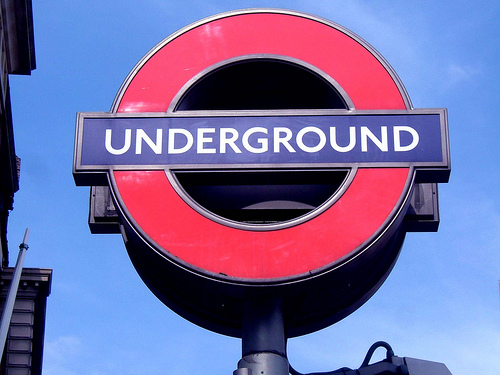The London Tube
Early in the 19th century railway construction in the United Kingdom began. Six separate rail terminals were built outside London by 1854 including: Waterloo, Bishopsgate, King’s Cross, Paddington, Euston, and London Bridge. By now, however, only Fenchurch Street Station was actually located in the City of London. Traffic congestion within the city had increased significantly during this period, partly due to the need for rail travelers to complete their trips into the city center by road. The idea of building an underground railway to link the mainline terminals with the City of London was first proposed in the 1830s, but it wasn’t until the 1850s that the idea was finally taken seriously as a possible solution to all the traffic congestion.

The London Tube is a rapid transit system which serves much of Greater London and the neighboring areas of Buckinghamshire, Hertfordshire, and Essex in the UK. In 1863 the first section opened and London was the first city in the world to have an underground railway system. London was also the first city to operate electric trains in 1890. In spite of its name, approximately 55% of the network is above ground. It is usually referred to colloquially as the tube and officially as the Underground. Now, however, the whole system is now referred to as the Tube, even in recent years by its operator and in official publicity.
Private companies built the earlier lines of what is now the London Underground network. Companies. In 1985 the underground network became a single entity when the UK government created London Underground Limited (LUL). Since 2003 LUL has been a wholly owned subsidiary of Transport for London (TfL),is the statutory corporation responsible for most aspects of the Greater London transport system, which is run by a board and a commissioner appointed by the Mayor of London.
The Underground has 270 stations and about 250 miles (400 km) of track, making it by length the longest metro system in the world. It also has one of the highest numbers of stations. Over one billion passenger trips were noted in 2007, which means it is the third busiest metro system in Europe after Moscow and Paris.
The tube map is considered a design classic, with its non geographical schematic layout and color coded lines, and many other transport maps worldwide have been influenced by it.

